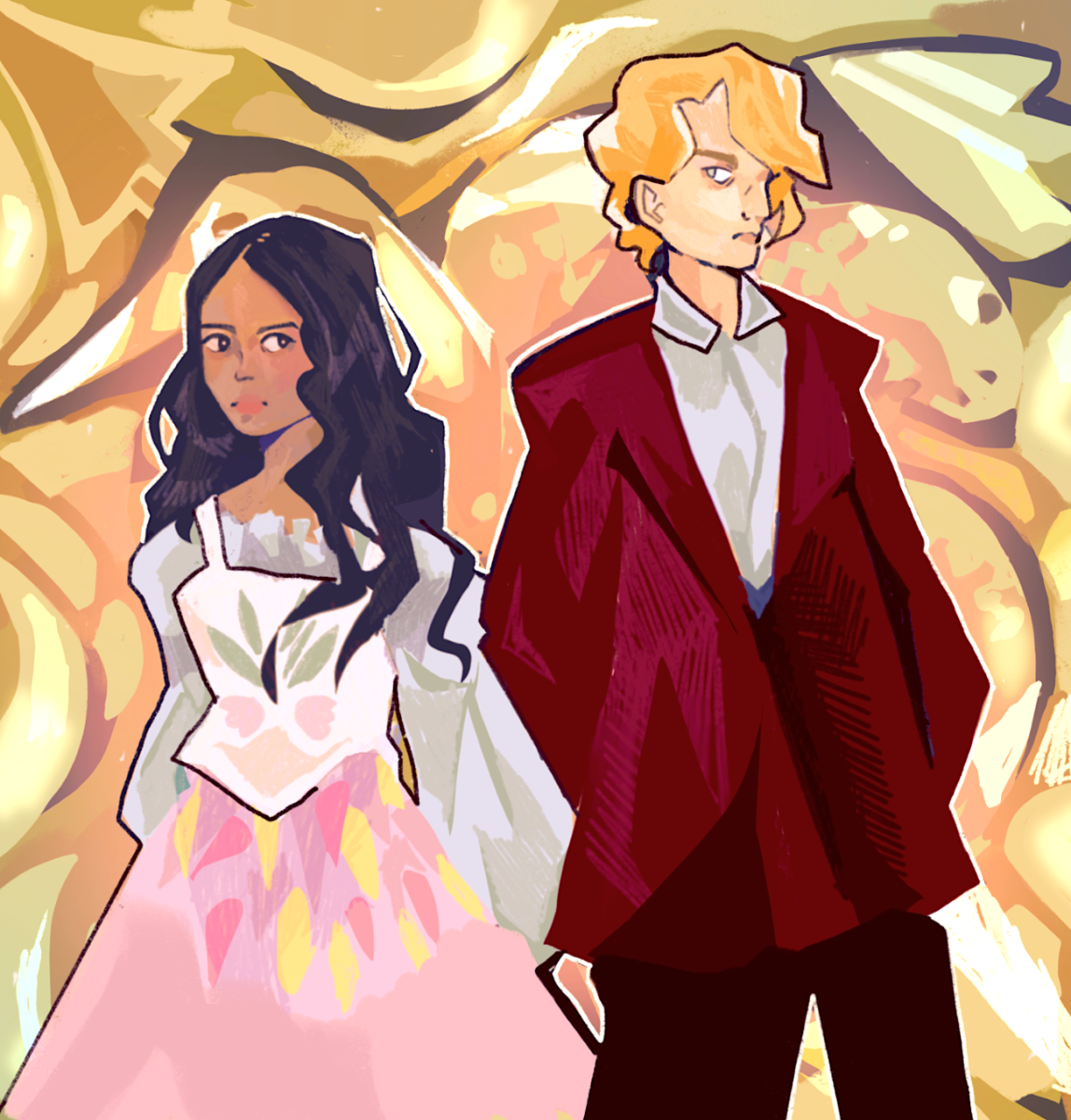The newest addition to the Hunger Games franchise, “The Ballad of Songbirds and Snakes,” offers longtime fans and casual viewers the chance to revisit the world of Panem from a new perspective, 64 years before Katniss is reaped.
“The Ballad of Songbirds and Snakes” released in theaters on Nov. 16, earning $46.1 million domestically just on its first weekend. Based on the book of the same title, “The Ballad of Songbirds and Snakes” is a prequel to the original Hunger Games trilogy and follows the antagonist of the main series, Coriolanus Snow, through his origins and initial experience with the Hunger Games. For what it is, the movie serves as a faithful adaptation of the novel.
A beautiful 1950s inspired aesthetic combined with references to the main film series make the viewer feel like they are in a past version of Panem. The two-hour runtime doesn’t allow a complete coverage of the source material, but Snow’s journey from impoverished schoolboy to tyrannical president is conveyed smoothly. Though lacking the internal monologue present throughout the novel, Tom Blyth’s excellent performance more than makes up for this, perfectly conveying Snow’s emotions, especially during the emotional climax towards the end.
The star-studded cast including Peter Dinklage, Viola Davis and Hunter Schafer play their roles perfectly; however, Rachel Zegler remains the standout of the movie. Zegler perfectly captures the idea of Baird, her ever-present performance and mystery. Zegler’s voice is beautiful to the point where I got annoyed whenever her songs were interrupted. One scene I was eager to see adapted from the novel is the scene towards the end of the games, where a cage of snakes is deployed into the arena. A slight change was made to the movie, making this the very end of the games instead, a change made for the better. Zegler’s performance of “The Old Therebefore”, surrounded by a dress of snakes, ends the games with a high that serves as a much more engaging ending than the slow exhaustion race in the novel.
One change that hurt the movie was the exclusion of side characters from the novel, which made the world feel less established. Snow’s interactions with his fellow classmates, peacekeepers, Plinths and the Covey work to shape his view on the society we see. In the novel, the side characters are three-dimensional, bringing a human aspect to the words put on paper. Most of the Capitol is rich and snobbish, but there are mentors that show empathy. But in the movie, the Covey, who define Lucy Gray’s background, are relegated to background filler. These groups are only briefly touched on without a second thought, with most of the dialogue given to Snow instead, leading to an empty feeling world and a messier picture of Snow’s beliefs.
This wasn’t the only part of the movie that suffered from its short run time. The first two segments of the movie felt very long and disconnected from the final segment. “The Mentor” and “The Prize” both maintained a fast pace over a long stretch of time, while “Peacekeeper” felt ridiculously slow and short in contrast. The disconnectedness was an ongoing problem from the novel, but the short runtime of Snow’s time as peacekeeper easily made the last third the least developed.
Overall, “The Ballad of Songbirds and Snakes” is a beautiful movie that excels at what it can within its time limit. Whether you’re a longtime fan of the franchise like myself or a casual viewer that has never even heard of the Hunger Games, this movie will leave you entertained and wishing for more.







